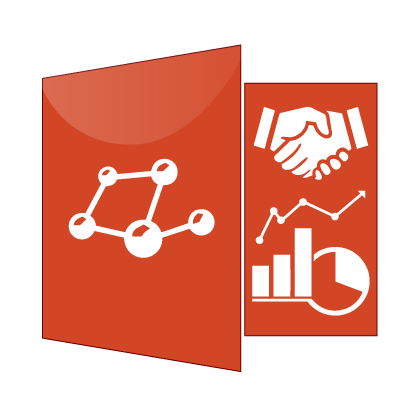Socio-Economic and Gender Analysis (SEAGA) Field Level Handbook

The Socio-Economic and Gender Analysis (SEAGA) Field Level Handbook is written for development agents who work directly with local communities in developing countries in support of participatory development planning. The tools provided in the Handbook will help outsiders and insiders to work together to identify key development patterns, understand the livelihood strategies of different people, and build consensus about development priorities and action plans.
The SEAGA approach involves:
(1)the study of the environmental, economic, social and institutional patterns, and their linkages, that make-up the context for development.
(2) the study of the different roles of women and men to understand what they do, what resources they have and what their needs and priorities are.
(3) a process of communication among local people and development agents during which local people take the leading role to analyse the current situation and to plan, implement and evaluate development activities.
SEAGA is a multi-scale approach, in which development problems are analyzed at three different levels (field, intermediate and macro-level). In the SEAGA Field Handbook the focus is on the field level, but includes an analysis of the linkages between field-level and intermediate- and macro-level patterns and institutions. Moreover, SEAGA is also an ideological approach based on the guiding principles that gender roles are key, that disadvantaged people are priority, and that participation is essential.
The SEAGA Field Handbook offers three toolkits, which are simple visual, oral or written methods for learning about life in rural communities:
(1) the Development Context Toolkit for learning about the economic, environmental, social and institutional patterns that pose supports or constraints for development.
2) the Livelihood Analysis Toolkit for learning about the flow of activities and resources through which different people make their living.
3) the Stakeholders’ Priorities for Development Toolkit for planning development activities based on women’s and men’s priorities.
The Development Context tools are:
1) Village Resources Map: for learning about the environmental, economic and social resources in the community.
2) Transects: for learning about the community’s natural resource base, land forms, and land use, location and size of farms or homesteads, and location and availability of infrastructure and services, and economic activities.
3) Village Social Map: for learning about the community's population, local poverty indicators, and number and location of households by type (ethnicity, caste, female-headed, wealthy, poor, etc.)
4) Trend lines: for learning about environmental trends (deforestation, water supply); economic trends (jobs, wages, costs of living), population trends (birthrates, out-migration, in-migration), and other trends of importance to the community.
5)Venn Diagrams: for learning about local groups and institutions, and their linkages with outside organisations and agencies.
6) Institutional Profiles: for learning about the goals, achievements and needs of local groups and institutions.
The Livelihood Analysis tools are:
1)Farming Systems Diagram: for learning about household members' on-farm, off-farm and non-farm activities and resources.
2) Benefits Analysis Flow Chart: for learning about benefits use and distribution by gender.
3) Daily Activity Clocks: for learning about the division of labour and labour intensity by gender and socio-economic group.
4) Seasonal Calendars: for learning about the seasonality of women's and men's labour, and seasonality of food and water availability and income and expenditure patterns, and other seasonal issues of importance to the community.
5) Resources Picture Cards: for learning about use and control of resources by gender and socio-economic group.
6) Income & Expenditures Matrices: for learning about sources of income, sources of expenditures and the crisis coping strategies of different socio-economic groups.
The Stakeholders’ Priorities for Development tools are:
1) Pairwise Ranking Matrix: for learning about priority problems of women and men, and of different socio-economic groups.
2) Flow Diagram: for learning about the causes and effects of priority problems.
3) Problem Analysis Chart: for bringing together the priority problems of all the different groups in the community, to explore local coping strategies and to identify opportunities to address the problems.
4) Preliminary Community Action Plan: for planning possible development activities, including resources needed, insider and outsider groups to be involved and timing.
5) Venn Diagram of Stakeholders: for learning about the insider and outsider stakeholders for each action proposed in the Preliminary Community Action Plan, and the size of their stake.
6) Stakeholders Conflict & Partnership Matrix: for learning about conflicts of interests and common interests between stakeholders.
7) Best Bets Action Plans: for finalisation of action plans for development activities meeting priority needs as identified by women and men of each socio-economic group
Each of these tools is described in detail in the Handbook.
Even more important than the tools for analysis is the process by which they are used: the Handbook advocates to take an approach intermediate between Rapid Rural Appraisal (RRA) and Participatory Rural Appraisal (PRA), in which outsiders may initiate the process, but then through training and practice, local community members take more control of the process. The Handbook provides guidelines for mutual learning to make this participatory process successful. Common methods in this respect include semi-structured interviews, key informant interviews, informal group discussions, brainstorming. Formal surveys and questionnaires are considered incompatible with the SEAGA Field Handbook approach.
